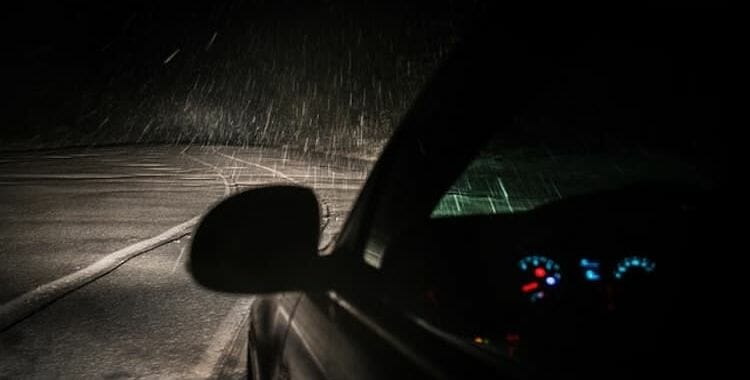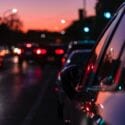Why You Are Three Times More Likely to Die in a Car Accident When Driving at Night
You might think night driving is safer than daytime driving, because traffic is generally lighter and there are fewer pedestrians in the road. However, you are three times more likely to be in an accident between the hours of 10 p.m. and 6 a.m. There are many reasons for this, most of them having to do with either reduced visibility or impaired driving ability. This article will give you a little more information about a few of the reasons why night driving can be so deadly.
The Dangers You Face While Driving at Night
- Instrument Panel Lights
The lights from your instrument panel can potentially reduce your night vision ability, especially when you look back and forth from the road to the instrument panel.
- Lights from Other Vehicles
You’ve probably been dazed when a vehicle headed in the other direction on a narrow road drove by with its high beams on. The lights from other vehicles can practically blind a driver for a few seconds at a time, creating ample opportunity for a severe accident.
- Nocturnal Animals in the Road
Animals in the road always pose a risk of causing an accident. But reduced visibility and increased activity of nocturnal animals combine to make accidents with animals more likely at night
- Glare on the Windshield
A windshield that appears to be completely clean in the daylight may exhibit considerable glare at night. This glare could lead to serious loss of visibility at a crucial moment, creating the conditions for an accident.
- Drowsiness
Simply put, humans are diurnal creatures. We’re meant to be awake and active during the day.Maybe you’re awake and alert, but the drivers around you are likely to have impaired reaction time and decreased judgment, leading to a situation where they could make a mistake. In addition, drowsy drivers can fall asleep at the wheel, creating an extremely dangerous situation.
- Drunk Drivers
Drunk drivers are much more common at night than they are during the day. Drunk drivers are dangerous to be around, because they’re likely to be much more impaired than the drowsy drivers.
- Headlight Distances
Low beams illuminate a stretch of road ranging from about 160 to 250 feet in front of your vehicle. High beams reach around 350 to 500 feet. Driving at highway speeds, it takes about 200 feet for your vehicle to come to a stop. Night driving seriously reduces the margin of error between the distance of visibility and the stopping distance.
Questions About a Car Accident Claim?
Let us help you determine whether an injury you or a loved one suffered in an accident may qualify for compensation under an auto accident claim. Talk to our car accident attorneys about our clients’ average settlements for accidents to better understand what your case might be worth. The Khalidi Law Firm has more than 20 years of experience helping injured persons in the Tucson area get the closure they deserve. If you have suffered injury or lost a loved one as a result of an accident, we can help.




